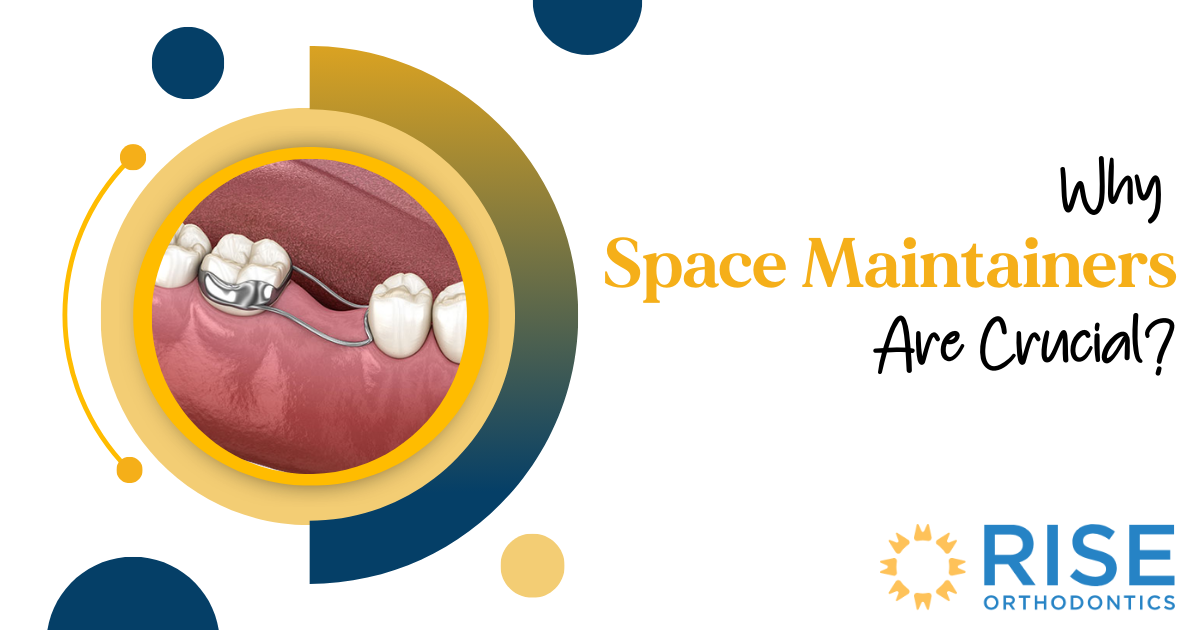I love space maintainers, but unfortunately, many people don’t understand or appreciate their simplicity and effectiveness. Today, we will answer the most common questions about space maintainers and more so you can understand how important they truly are.
What Is A Space Maintainer?
A space maintainer is a dental device that holds a gap open in your mouth. It’s different from an orthodontic expander. We use space maintainers when a baby tooth falls out too soon. This simple but effective device can prevent you and your child from creating larger orthodontic issues down the road.
When Do You Need A Space Maintainer?
If a child loses their baby teeth prematurely, the permanent first molar may move forward, blocking the eruption of unerupted teeth. This in turn leads to a more complicated orthodontic treatment namely by increasing treatment times to reopen the space or by requiring permanent tooth extractions if caught too late.
To prevent the permanent first molars from shifting forward and causing severe crowding, the dentist used a space maintainer or a lower lingual holding arch. Typically, these appliances will need to stay in for several years until the permanent teeth have erupted or are close to erupting.
Types Of Space Maintainers
There are many different types of space maintainers, including Nance appliances, lower lingual holding arches, and unilateral space maintainers. Your orthodontist or pediatric dentist usually places these appliances. These appliances are very safe and are not painful to have in the mouth, so there is absolutely nothing to fear.
Final Thoughts
Many parents are unaware that early loss of baby teeth can lead to crowding if left unattended. It’s a shame because the consequences could have easily been avoided with a space maintainer. This is one great reason for you to see an orthodontist or pediatric dentist early to try to catch these types of issues. I would highly recommend you have your child evaluated by a specialist if they have recently had a baby tooth fall out or extracted.
NOTE: The author, Dr. Phillip Ha, is a board-certified orthodontist who serves patients at his private practice, Rise Orthodontics, in Modesto, California. He was trained at Loma Linda University in Loma Linda for both his dental and orthodontic specialty training. Dr. Ha is an expert in two-phase treatment, extraction, non-extraction, clear aligners (Invisalign, Angel, uLab), and multiple brackets such as Stride Custom Braces and Traditional Metal Twin braces. This blog is for informational purposes only and to help consumers understand important orthodontic topics.

